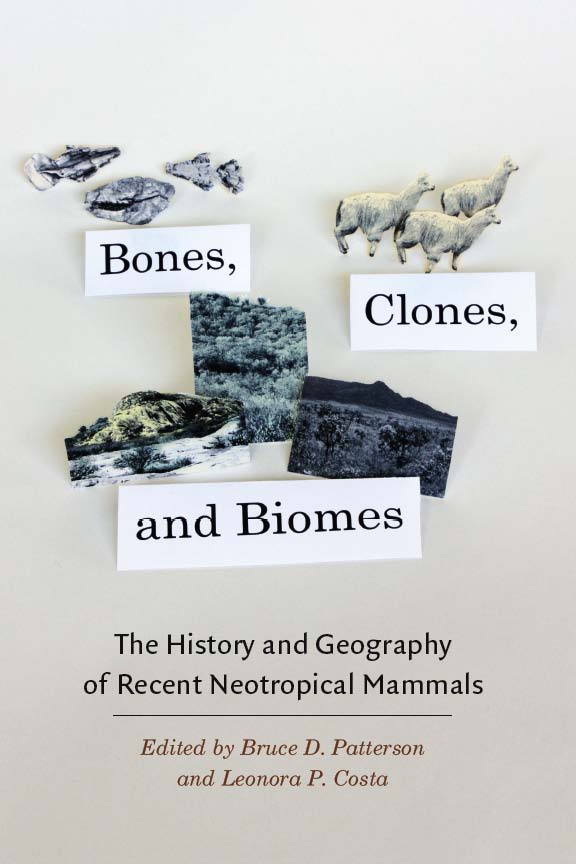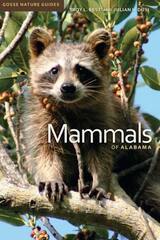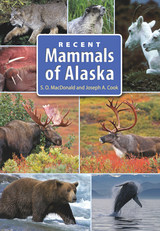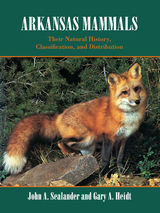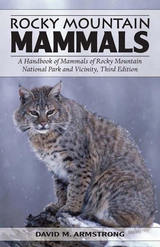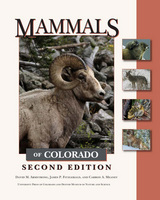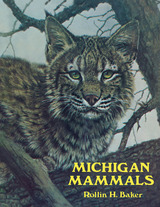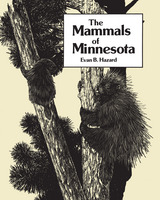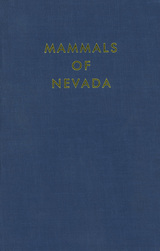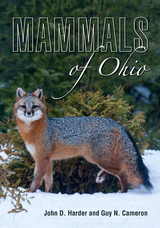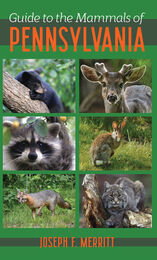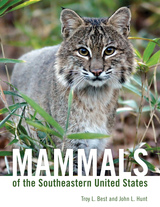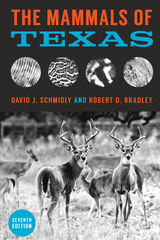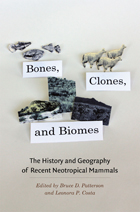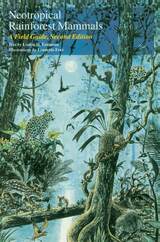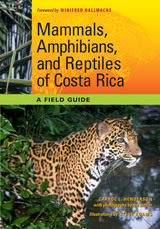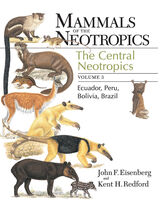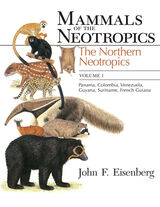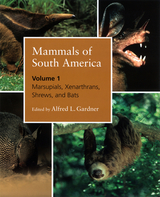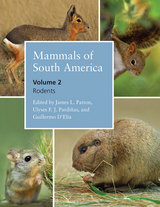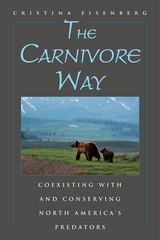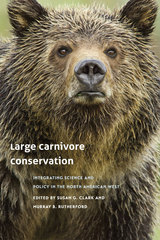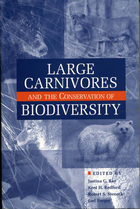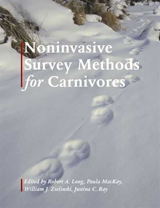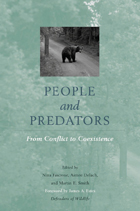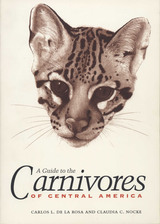“The new world tropics contain about a third of the known diversity of mammals, and this important work represents a modern synthesis of both paleontological and recent knowledge about the mammals of the region to better understand the current patterns of diversification and distribution. Our current understanding of plate tectonics, phylogenetic systematics, and huge advances in understanding the chronology of fossil mammal finds in South America argues that a synthesis such as that attempted here is timely.”
— Don E. Wilson, Smithsonian Institution
“Scientists have long recognized the value of South America as a grand evolutionary experiment. In this geologically and climatically turbulent region, long episodes of isolation from the rest of the world’s continents generated deeply divergent groups of endemic mammals, while plate tectonics dictated the sporadic infusion of new groups, generating new waves of diversification, adding new layers to the sequential accumulation of recent Neotropical mammal richness. In this compilation, the editors have brought paleontologists, geologists, molecular systematists, and biogeographers together to provide a much needed update on the unfolding story of recent Neotropical mammal diversity and diversification. This volume will be a welcomed addition to the libraries of a new generation of scientists seeking to unravel further the history of Neotropical mammal evolution in this fascinating and important region.”
— Brett R. Riddle, University of Nevada, Las Vegas
“This fascinating compilation provides a sorely needed modern synthesis of the impact of geology, history, evolution, and ecology on the distribution and biogeography of Neotropical mammals. Covering mammal evolutionary history and dispersal since its early origins, and spanning current geographical distribution and diversity from the West Indies and Central America to Amazonia, the Andes, and Patagonia, this remarkably informative volume will force readers to revise everything they thought they knew about Neotropical mammals.”
— Peter Meserve, Northern Illinois University
"An exploration of the development and relationships of the modern mammal fauna through a series of studies that encompass the last 100 million years and both Central and South America. This work serves as a complement to more taxonomically driven works, providing for readers the long geologic and biogeographical contexts that undergird the abundance and diversity of Neotropical mammals."
— Guardian
“Excellent maps, charts, and tables support clearly written text. Recommended.”
— E. Delson, CUNY Herbert H. Lehman College, Choice
“This excellent volume should . . . generate wide interest as an example of how to integrate science research across disciplines ranging from molecular genetics to paleontology as a means of exploring the dynamic history of a region. As both a synthesis of our current understanding and a user-friendly reference work (both taxonomic and subject indices are included), Bones,Clones, and Biomes will find broad use.”
— Joseph A. Cook, BioScience
“Editors Patterson and Costa fill a huge gap in the literature of Neotropical mammals with this up-to-date volume. . . . The book masterfully provides a synthesis of the evolutionary history and biogeographic patterns of recent mammals along with comprehensive coverage of past faunas. This well-executed combination of paleontology and neontology makes Bones, Clones, and Biomes a unique and timely contribution to historical biogeography. . . . No biologist interested in organismal evolution in the New World should skip this volume, and it is a must-read for mammalogists.”
— Journal of Mammalogy
“I strongly recommend Bones, Clones, and Biomes to anyone interested in the recent or fossil mammals of the Neotropics, as well as to readers with a broader interest in the evolutionary history of mammalian faunas. You will be rewarded with a deeper understanding and appreciation of this fascinating fauna.”
— Journal of Vertebrate Paleontology
